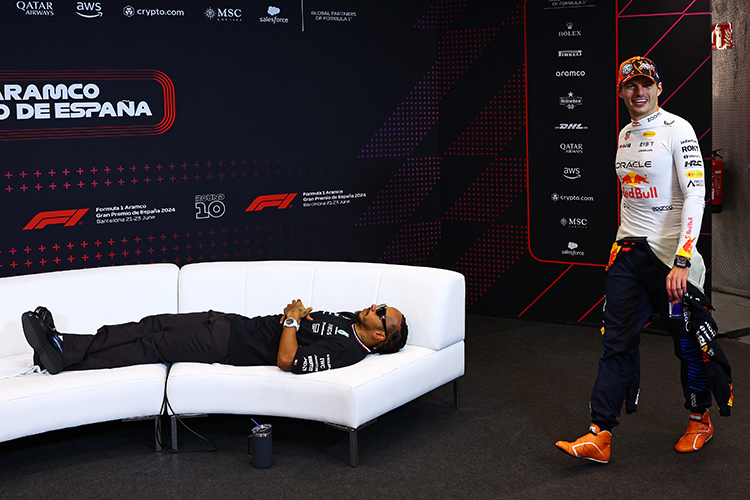Why F1 is So Expensive: A Comprehensive Insight

Formula 1 World Champions: A legacy of racing legends
Why F1 is so expensive?
Why F1 is So Expensive: A Comprehensive Insight
Explore why Formula 1 is one of the most expensive sports in the world. Learn about the costs of F1 technology, operations, marketing, and event hosting.
Technological Advancements
Formula 1 is synonymous with cutting-edge technology. Every car on the grid represents a marvel of engineering, designed to push the boundaries of speed and performance. However, this innovation comes at a price.
Research and Development (R&D)
F1 teams invest millions annually in R&D to enhance aerodynamics, engine efficiency, and overall car performance. This relentless pursuit of marginal gains requires substantial financial resources.
Materials and Construction
The construction of an F1 car involves advanced materials like carbon fiber and titanium. These ensure the cars are lightweight yet durable, but they are extremely expensive. A single F1 car can cost upwards of $12 million.
Operational Costs
Team Salaries
Behind every F1 driver is a team of engineers, mechanics, strategists, and support staff. Salaries for these highly skilled professionals can reach tens of millions annually for top-tier teams.
Logistics
With races spanning five continents, the logistical effort to transport cars, spare parts, and equipment is immense. Teams rely on fleets of transport vehicles, cargo planes, and detailed planning, incurring significant costs.
Entry Fees and Regulations
FIA Entry Fees
Teams must pay an annual entry fee to the Fédération Internationale de l'Automobile (FIA). The fee is determined by the points scored in the previous season, with top teams often paying over $4 million.
Compliance Costs
Adhering to the FIA's strict regulations on car design, safety, and performance requires additional investment in testing, certification, and modifications.
Marketing and Sponsorship
Branding and Exposure
In a sport with a global audience, maintaining visibility is crucial. Teams spend heavily on marketing campaigns, merchandise, and promotional events to build their brands and engage with fans.
Sponsorship Deals
While sponsorships generate significant revenue, they also require investment. Teams must deliver value through strong performances and exclusive marketing collaborations with their sponsors.
Event Hosting and Infrastructure
Race Organization
Hosting an F1 race is a massive undertaking. Cities often invest hundreds of millions in upgrading or building racing facilities, including tracks, safety measures, and hospitality services.
Broadcasting Rights
Media rights for F1 races are among the most lucrative in sports. Networks pay substantial sums to air races, and fans often purchase premium broadcasting packages, contributing to the sport's high costs.
Conclusion
The high costs of Formula 1 stem from its focus on innovation, operational complexity, regulatory compliance, and global scale. These expenses, while staggering, are integral to making F1 the most technologically advanced and exciting motorsport in the world.
By understanding the financial framework of F1, fans can better appreciate the incredible effort and resources required to bring each race to life.
Up Next


